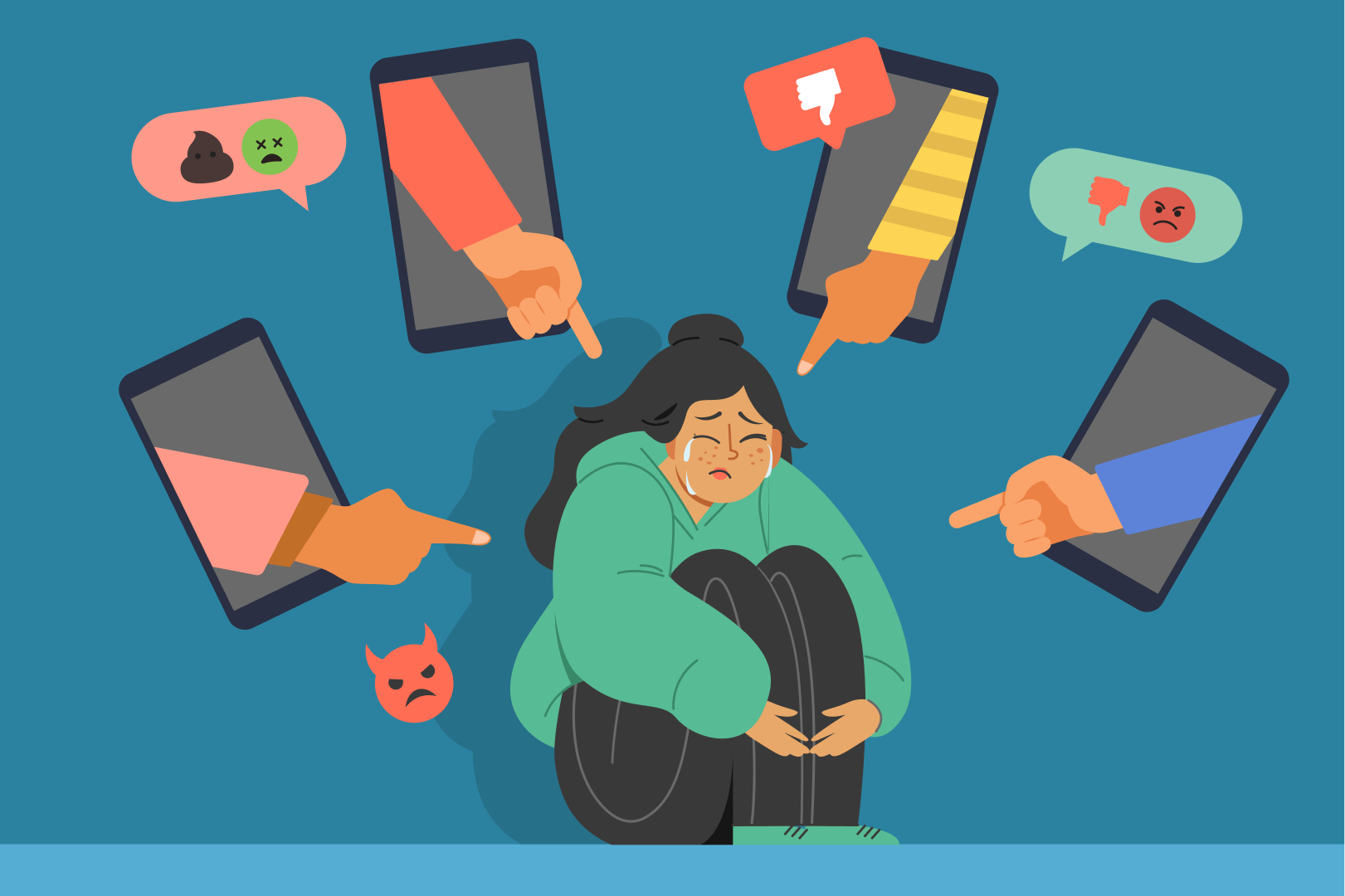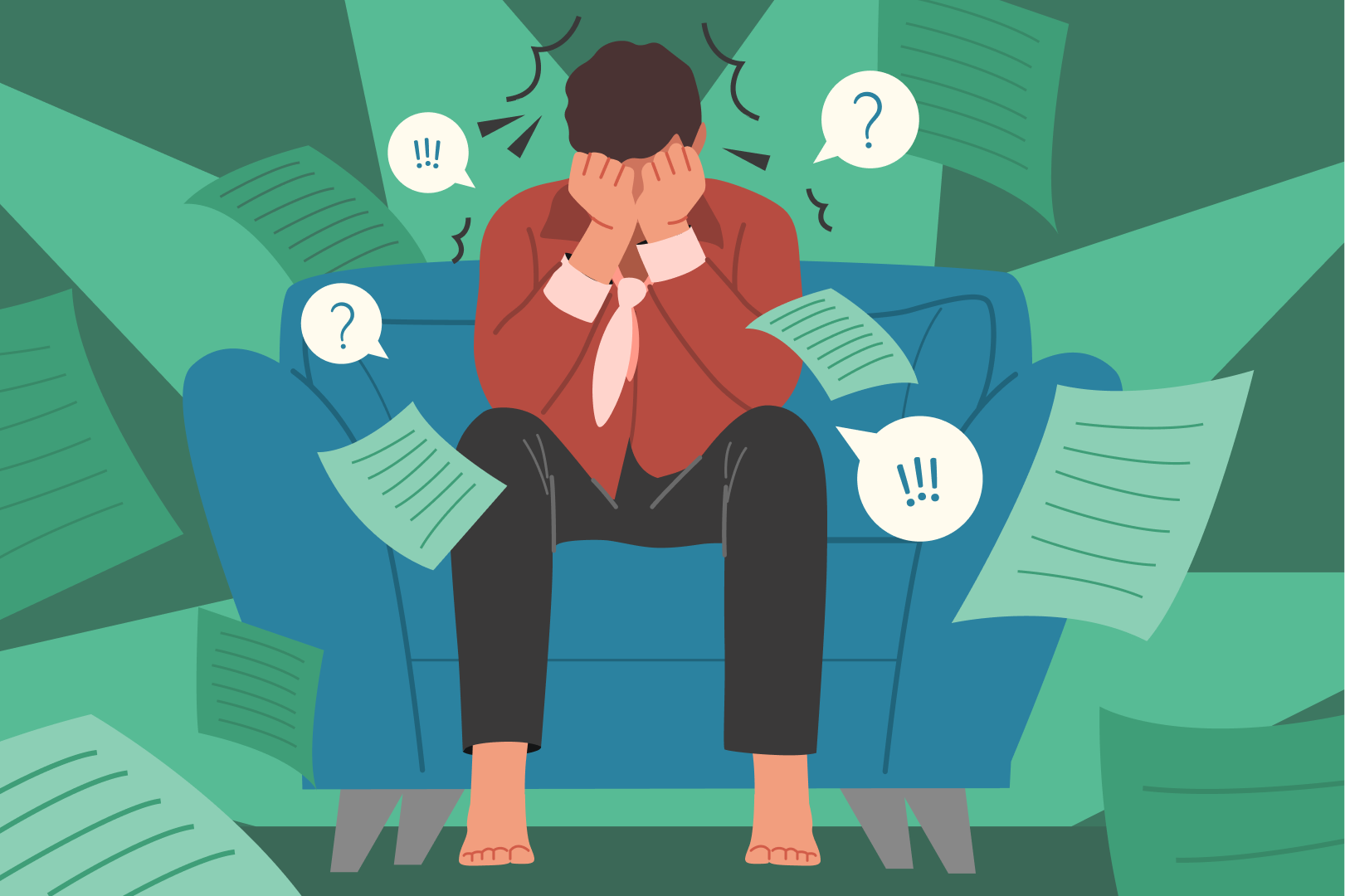Gender identity is your internal and psychological sense of yourself as a woman, a man, both, in between or neither. Only you can determine your gender identity.
Sexual orientation is a term used to describe your pattern of emotional, romantic or sexual attraction. Sexual orientation may include attraction to the same gender (homosexuality), a gender different than your own (heterosexuality), both men and women (bisexuality), all genders (pansexual), or neither (asexuality).
Sexual orientation means how you are attracted romantically and sexually to other people. There are different kinds of sexual orientation. For example, a person may be:
- Heterosexual (straight): describes a person who is attracted only or almost only to the “other” gender.
- Homosexual (gay, lesbian, queer): describes a person attracted only or almost only to those of the same gender.
- Bisexual: describes a person attracted to both men and women, though not necessarily equally or at the same time.
- Pansexual (or omnisexual): describes a person attracted to those of any gender.
- Asexual: describes someone not sexually attracted to any gender. This is different from deciding not to have sex with anyone (abstinence or celibacy).
Many people discover more about their sexual orientation over time. For example, some girls like boys in high school, then find later on that they are more attracted, romantically and sexually, to members of their own gender.
Understanding sexual orientation and gender identity
Sexual orientation and gender identity are not the same thing. Here are some definitions of words and phrases you may hear.
- Ally: A heterosexual person who supports and celebrates all identities, challenges discriminatory remarks and actions of others, and willingly explores these biases within themselves.
- Bi: Shortened term for “bisexual”.
- Cisgender: A person whose gender identity matches the sex they were assigned at birth (for example, woman and female). May be shortened to “cis”.
- Coming Out: (“coming out of the closet”) The process of becoming aware of one’s queer sexual orientation, one’s Two-Spirit or trans identity, accepting it, and telling others about it.
- Gay: A man or woman (either cisgender or transgender) who is attracted only or almost only to those of the same gender. Often used to refer to men only.
- Gender identity: Your inner sense of being male, female, both, neither, or some other gender. Your gender identity may not align with the sex that you were assigned at birth.
- Lesbian: A woman (either cisgender or transgender) who is primarily attracted to women.
- LGBT2Q+: An evolving acronym for Lesbian, Gay, Bisexual, Trans, Two-Spirit, Queer and additional identities.
- Queer: “Queer” can be used to refer to the range of non-heterosexual and non-cisgender people. This term is often used as the short form of “LGBT2Q+”. Some LGBT people are offended by this word, but others have reclaimed it.
- Straight: Another term for “heterosexual.”
- Transgender or transsexual: A term that describes a wide range of people whose gender and/or gender expression differ from their assigned sex and/or the societal and cultural expectations of their assigned sex. Sometimes shortened to “trans” (as in trans man, trans woman).
How do people find out their sexual orientation?
Many people first become aware of their orientation during the preteen and teen years. For example, it’s common to experience one’s first romantic feelings in early puberty, by having a crush on someone at school.
During the teen years, “crushes” on someone of the same gender are common. Some teens may experiment sexually with someone of their own gender. These early experiences don’t necessarily mean a teen will be attracted to the same gender as an adult.
For some teens, attractions to someone of the same gender do not fade. They grow stronger.
Remember: You are not alone
Whatever your orientation or gender identity, it’s important to realize that there are lots of people like you. Many of them may have the same emotions and questions that you have.
It can be comforting and helpful to talk to people who know what you’re going through. You can find these people through local or online groups. If you don’t know where to find support, check with:
- Your doctor
- Your trusted teacher.
- A therapist or other counsellor
- LGBT2Q+ friends or relatives
- LGBT2Q+ clubs and organizations in your community.
- Websites and online organizations
Why is it important to understand stress and know how to cope with it?
If you are not heterosexual, you may be under a lot of extra stress because of discrimination in the community. Rejection, prejudice, fear, and confusion can cause long-term stress in the members of the LGBT2Q+ community.
Constant stress can be linked to headaches, an upset stomach, back pain, and trouble sleeping. It can weaken your immune system, so that you have a harder time fighting off disease. If you already have a health problem, stress may make it worse. It can make you moody, tense, or depressed. Depression can lead to suicide. Teens with depression are at particularly high risk for suicide and suicide attempts.
People who are under long-term stress are also more likely to smoke tobacco, drink alcohol heavily, and use other drugs. These habits can lead to serious health problems.
It’s important to recognize the effects that stress can have on your life, to learn how to cope with stress, and to know when to get help.








